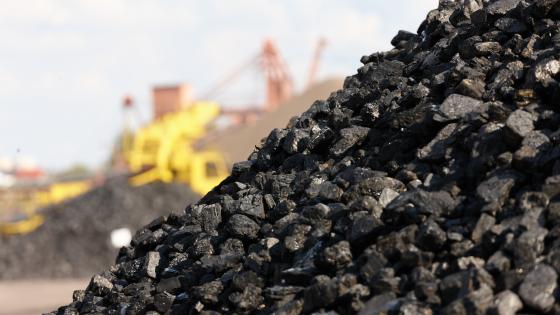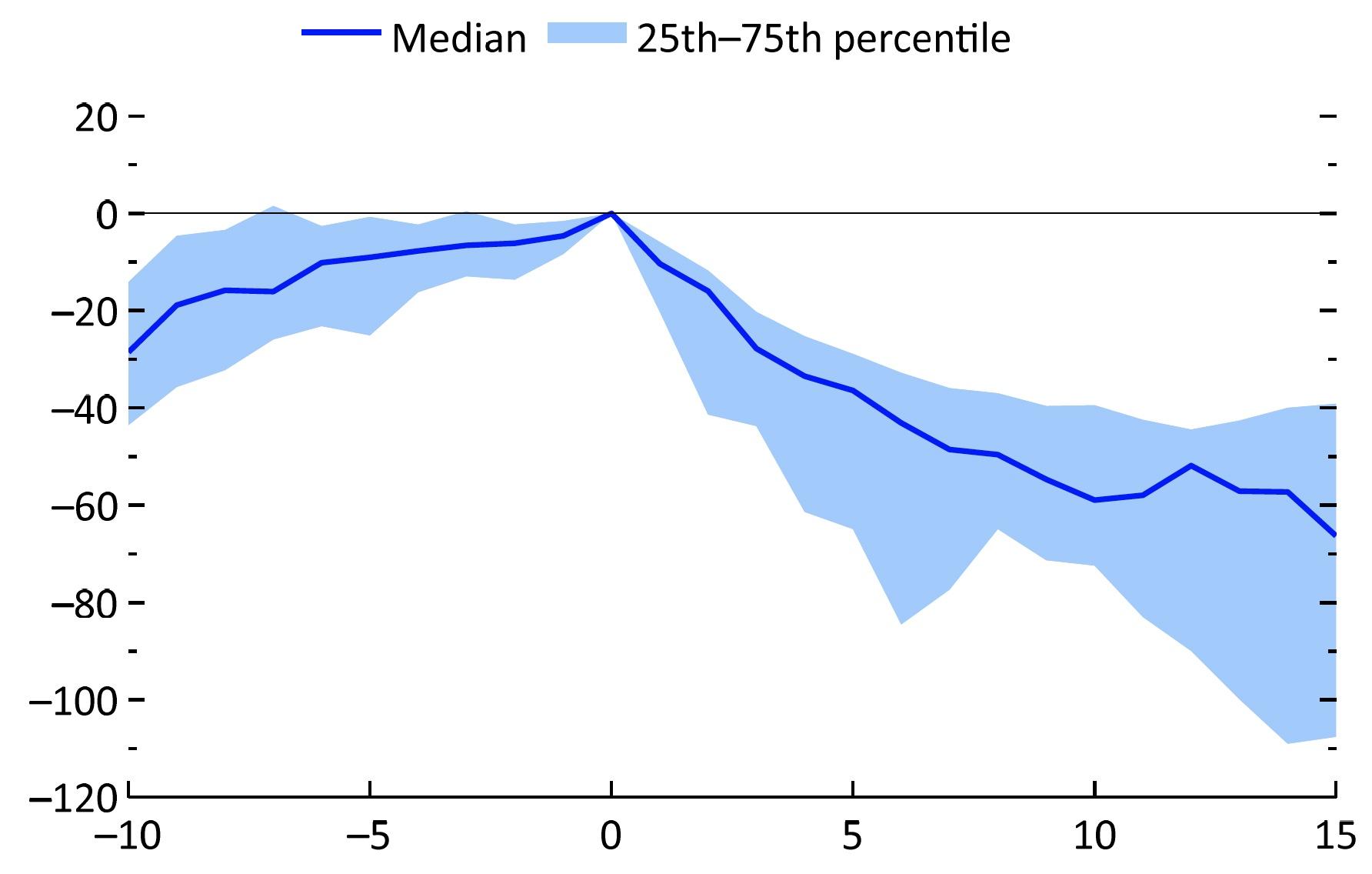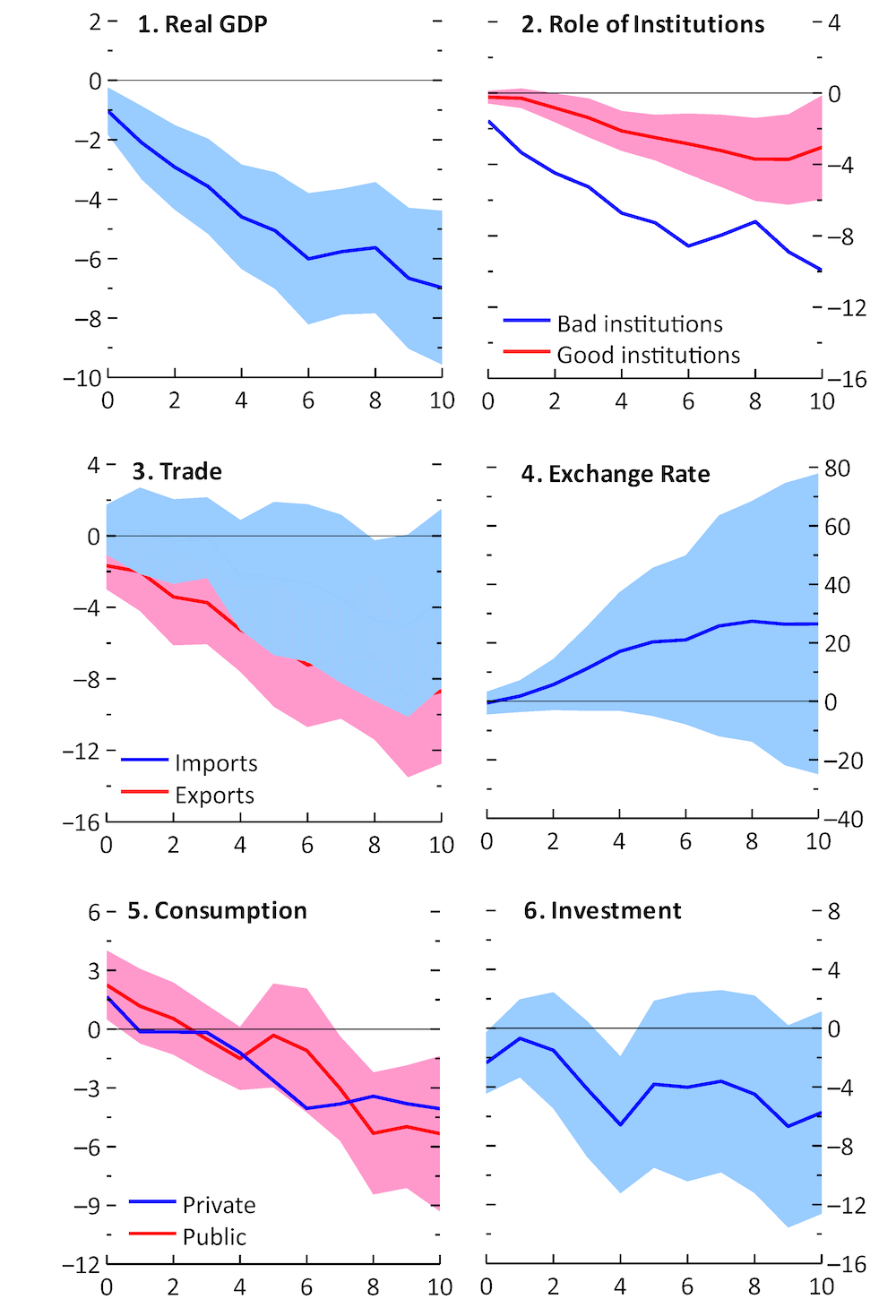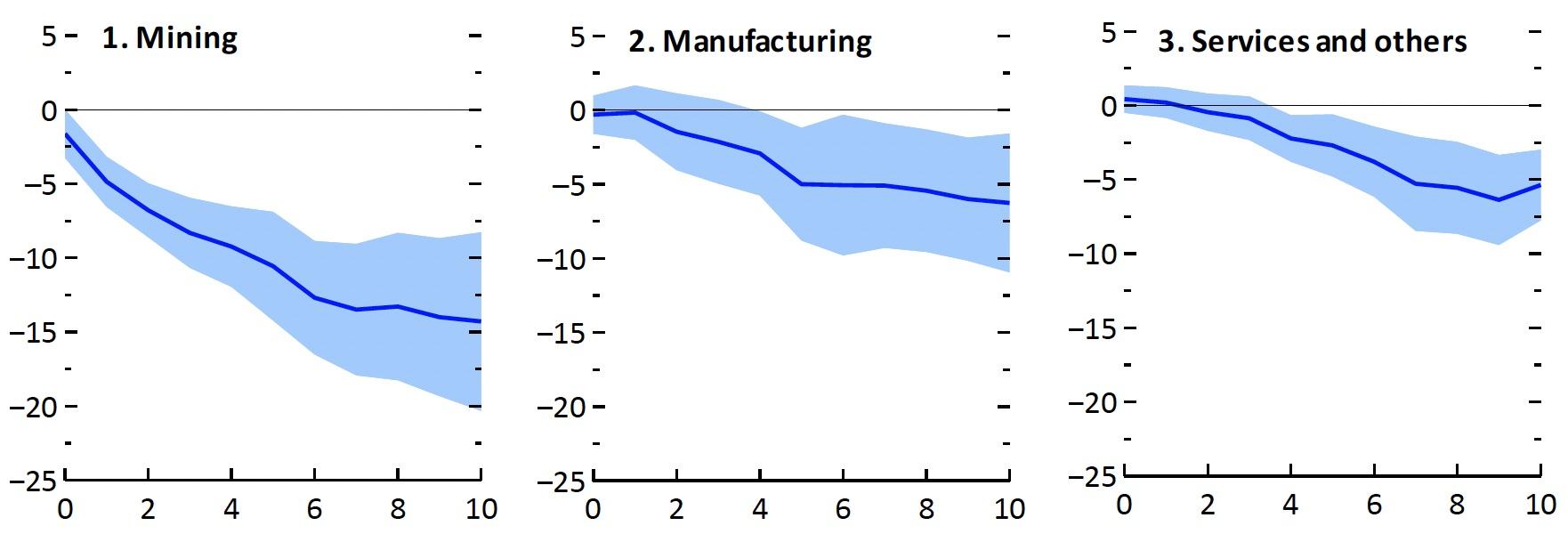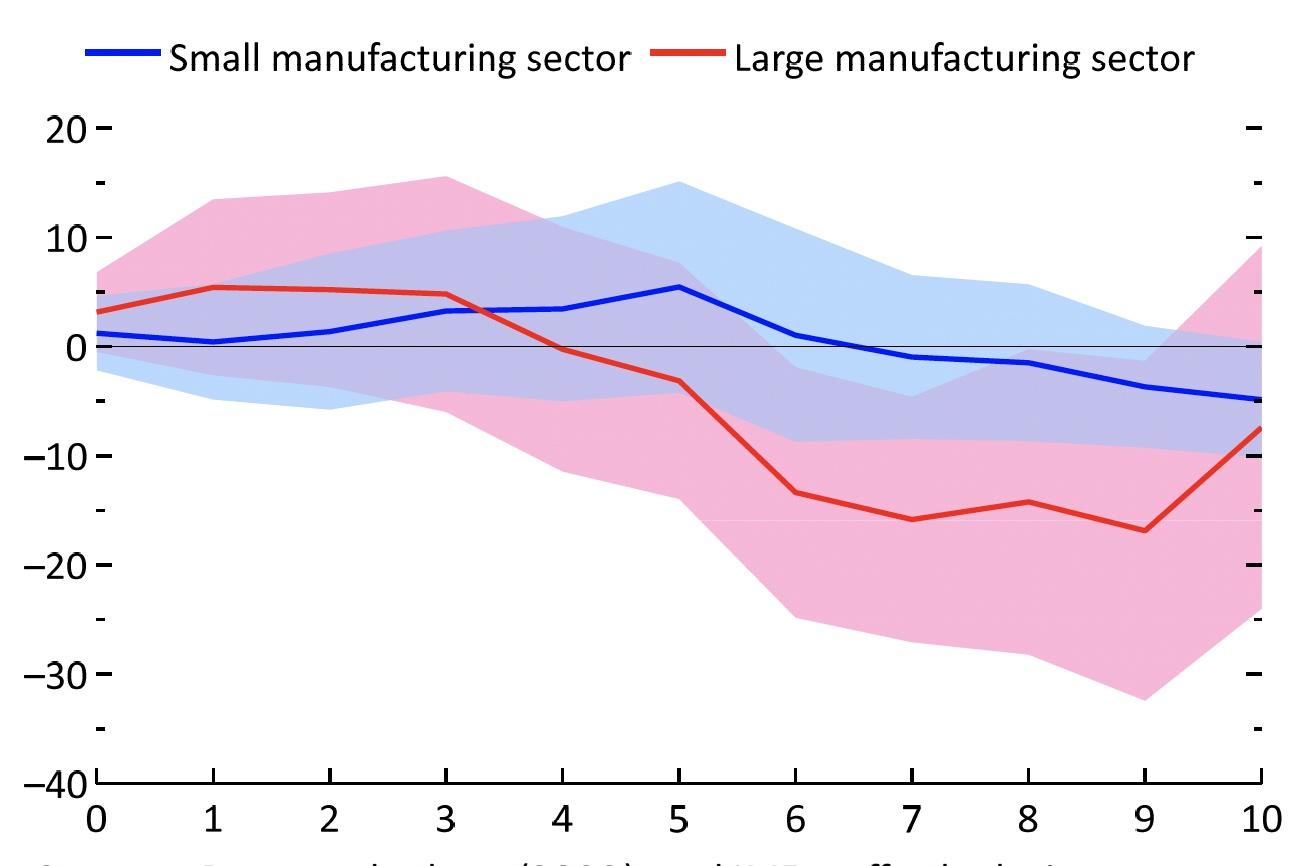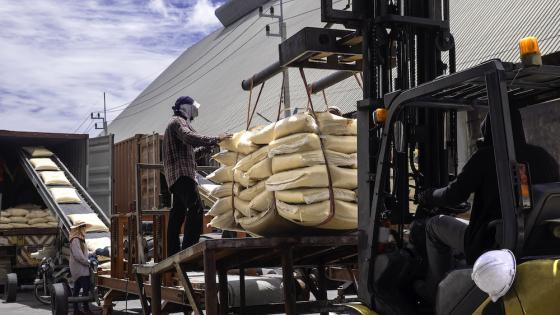Reaching net zero emissions by 2050 will require an 80% reduction in global fossil fuel extraction compared with 2021 levels, according to the International Energy Agency (2022). Though the pace and nature of the transition are highly uncertain, it is worth asking what economic repercussions a contraction in fossil fuel extraction could have for fossil fuel exporters. Given the unprecedented nature of such drastic declines, the academic literature so far has largely focused on parameterised model-based assessment to predict the potential effects. To shed light on this empirically, our new paper (Bems et al. 2023; see also the IMF World Economic Outlook’s Commodity Special Feature, IMF 2023) identifies 35 episodes of persistent, exogenous declines in extraction and estimates their impact on major macroeconomic variables.
A new data set on declines in extraction
The empirical exercise relies on a new country-level data set on extraction volumes for oil, coal, gas, and metals from 1950 to 2020. To deal with endogeneity, the analysis identifies 35 episodes involving persistent, exogenous declines in extractive activity out of a total of 154 observed episodes. It verifies that these episodes are driven by factors that are exogenous to economic conditions in the country, such as depletion or sector-specific policy changes. A clear example of an exogenous episode is the sudden tax increase on bauxite mining in Suriname in 1974, which led to a persistent contraction in bauxite output (for other examples see Bems et al. 2023).
Extraction declines driven by global recessions, policy decisions directly affecting other sectors of an economy, and structural transitions such as the breakup of the Soviet Union and civil wars are excluded. In addition, the study assesses extraction forecasts from IMF Staff Reports before and during the identified declines and documents that the declines were usually unanticipated by public agencies.
Across those 35 identified episodes, the typical episode implies a 10% contraction in extraction activity in the episode’s first year that cumulates to a 40% reduction over 10 years (Figure 1).
Figure 1 Episodes of extraction declines (per cent)
Sources: Bems and others (2023); and IMF staff calculations.
Note: X‐axis unit is years before and after peak extraction year
Estimating the macroeconomic effects of declines in extractive activity
Local projections are used to estimate the effects of persistent, exogenous, extraction-decline episodes on real GDP and external and domestic sectors (Jordà 2005). Country and time-fixed effects control for country-specific and global factors, such as commodity price movements.
A typical episode leads to a 1% initial decline from the baseline in real GDP, cumulating to 5% after five years (Figure 2). The decline is persistent, with no rebound until the end of the horizon. Domestically, real private and public consumption both respond with a delay of four years to the decline and fall to levels that are -4% and -4.5% lower, respectively.
Figure 2 Responses of macroeconomics variables to an extraction decline shock (per cent)
Sources: Bems and others (2023); and IMF staff calculations.
Note: The unit of the X‐axis is years after the shock. Shaded areas represent 90 percent confidence intervals.
The lagged responses suggest that agents misinterpret the initial fall as an isolated one-off event and plan to smooth their consumption over time. Only as the decline worsens and extraction activity stays persistently at a lower level does consumption adjust to a permanently lower level, as predicted under perfect anticipation. Likewise, real investment responds with a delay, even though less precisely estimated.
The trade balance worsens as real exports decline more than real imports. The real exchange rate depreciates slowly by 20%. The depreciation does not appear to be strong enough to stimulate sufficient reallocation of production factors toward tradable sectors, which could offset the decline in exports that depend on extractive industries.
Effects across industries
We decompose the real GDP response by industry. Figure 3 displays the response for the three largest sectors in our sample, namely mining, manufacturing, and services. The mining sector drops by 2% at the time of the shock and falls by 14.5% after ten years. The convex decline mimics the fall in production shown in Figure 1. Moreover, the immediate drop in mining provides an explanation for the corresponding drop of real GDP on impact.
Figure 3 Responses of value added by industry (per cent)
Sources: Bems and others (2023); and IMF staff calculations.
Note: The unit of the X‐axis is years after the shock. Shaded areas represent 90 percent confidence intervals.
Spillover effects on the manufacturing and services sectors are significant and negative. The manufacturing and service sectors react with a lag of three years each. Their value added falls by 6% and 5.5%, respectively. As domestic aggregate consumption and investment react with a similar lag, the lag in the response of manufacturing and service is in line with a domestic demand-driven channel.
Heterogeneity across countries
The estimated GDP impact is significantly larger for middle- and low-income countries than for those with high incomes. One plausible explanation for this is that high-income countries tend to have stronger institutions. Five years after the shock, the GDP difference between countries with high and low institutional quality is about 5 percentage points (Figure 4). This could indicate that strong institutions help to buffer the negative economic effects of a persistent decline in extraction activity.
Figure 4 Response of institutional quality interacted with manufacturing sector size to an extraction decline shock (per cent)
Sources: Bems and others (2023); and IMF staff calculations.
Note: The unit of the X‐axis is years after the shock. Shaded areas represent 90 percent confidence intervals.
While explaining what determines the quality of institutions is beyond the scope of this analysis, the economic literature on the resource curse emphasises that resource booms can lead to a deterioration in the quality of institutions (for example through an increase in corruption, Brollo et al. 2013). Assuming such a deterioration, our data show that a decline in extraction activity does not restore the quality of institutions, not even a decade after the shock. This suggests a hysteresis effect and an asymmetric response of institutions to shocks: once institutions are damaged, improving them is hard.
Anticipation
Anticipation could bias the results toward a smaller estimated impact if the regression does not capture earlier adjustments. To explore anticipation, projections of commodity production in IMF Article IV reports are reviewed and compared with actual production. Out of 26 decline episodes with Article IV coverage, only a few were anticipated. In the others, extraction was expected either to increase or to remain stable (or in a few cases, it was not mentioned).
The lack of anticipation, in turn, suggests that uncertainty about the size and persistence of the ensuing contraction may have delayed the economic adjustment needed, surprising the country’s policymakers and private sector alike. In fact, both private and public consumption initially increase, declining only with a delay to a level 4% lower. This suggests that the shock is typically not fully anticipated, or income-side policies are implemented to buffer the initial impact, or both.
The challenge of the energy transition
Countries at risk of declining fossil fuel output need to address the possibility of a challenging structural adjustment. To do so, they can improve public finances and the quality of their institutions (for example, by enhancing the management of public-sector institutions and the regulatory business environment), diversify their economies (Cherif et al. 2022), set up sovereign wealth funds, and facilitate the reallocation of production factors. Possible policies for accomplishing these goals include ameliorating the business environment to attract investment in new, productive, higher-value-added sectors; modernising infrastructure and attracting foreign direct investment in research and development; and improving the human capital stock of the labour force by investing in education.
The pace and direction of the clean energy transition as well as the price outlook depend on the policy mix. This creates great uncertainty in countries that produce fossil fuels. If fossil fuel prices decline because of a climate policy mix that works mostly through the demand side, high-cost producers will need to shut down production. If those prices instead rise based on a climate policy mix that relies on supply cuts, local production declines will depend on domestic policy decisions (see the Commodities Special Feature in the 2022 IMF April World Economic Outlook). Greater certainty about climate policy, at the country and global levels, could make adjustments more predictable and less costly.
References
Bems, R, L Boehnert, A Pescatori, and M Stuermer (2023), “Economic consequences of large extraction declines – lessons for the green transition”, IMF Working Paper 23/097.
Brollo, F, T Nannicini, R Perotti, and G Tabellini (2013), “The political resource curse”, American Economic Review 103(5): 1759–96.
Cherif, R, F Hasanov, N Spatafora, R Giri, D Milkov, S Quayyum, G Salinas, and A Warner (2022), “Industrial policy for growth and diversification: A conceptual framework”, IMF Departmental Papers 2022, no.017.
International Monetary Fund (2023), “IMF world economic outlook: Commodity special feature: Market developments and the macroeconomic impact of declines in fossil fuel extraction”, International Monetary Fund, April: 30–35.
International Monetary Fund (2022), “IMF world economic outlook: Commodity special feature: Market developments and the pace of fossil fuel divestment”, International Monetary Fund, April: 31–36.
Jordà, Ò (2005), “Estimation and inference of impulse responses by local projections”, American Economic Review 95(1): 161–182.
